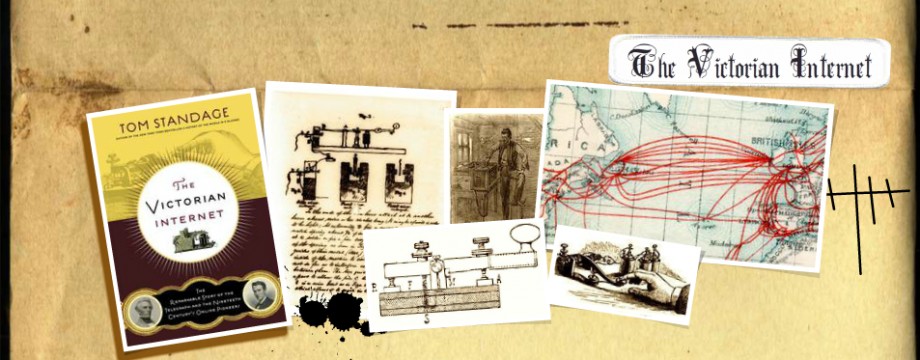by Greta
Little is known about Baron Pavel Lvovitch Schilling, the Russian scientist and diplomat that inspired Cooke to pursue the invention of the telegraph with his work on electromagnetic transmission of signals. Schilling built what was said to be the first pioneering electromagnetic telegraph in St Petersburg in 1828. Shilling’s telegraph used electric wires and a single needle system to transfer visual indications of signals. The signals were decoded and turned into characters that formed messages following a special table of codes he developed. Even though this telegraph was never used for commercial purposes, it became a base for the following electromagnetic telegraphs developed by other scientists such as Cooke, Wheatstone and Morse. Shilling didn’t patent his invention, but scientists in Europe and America knew about his invention.
In 1832, Schilling demonstrated the use of his telegraph by transmitting a message between to different rooms in his apartment. In 1936, a test was made by the Russian Governmental commission in the admiralty (St. Petersburg). This test consisted on a cable line of 5 km that crossed several streets and a canal (underwater) connecting two buildings of the admiralty.
In May of 1837, the decision to construct a telegraph between Peterhof and Kronstadt was made. Unfortunately, Schilling died in July 1837 and all his telegraph ambitions died with him.
Schilling’s contributions to electrical telegraphy were named an IEEE Milestone in 2009.
Sources:
- ^ “Milestones:Shilling’s Pioneering Contribution to Practical Telegraphy, 1828-1837”. IEEE Global History Network. IEEE. Retrieved 26 July 2011.
- http://en.wikipedia.org/wiki/Baron_Schilling
